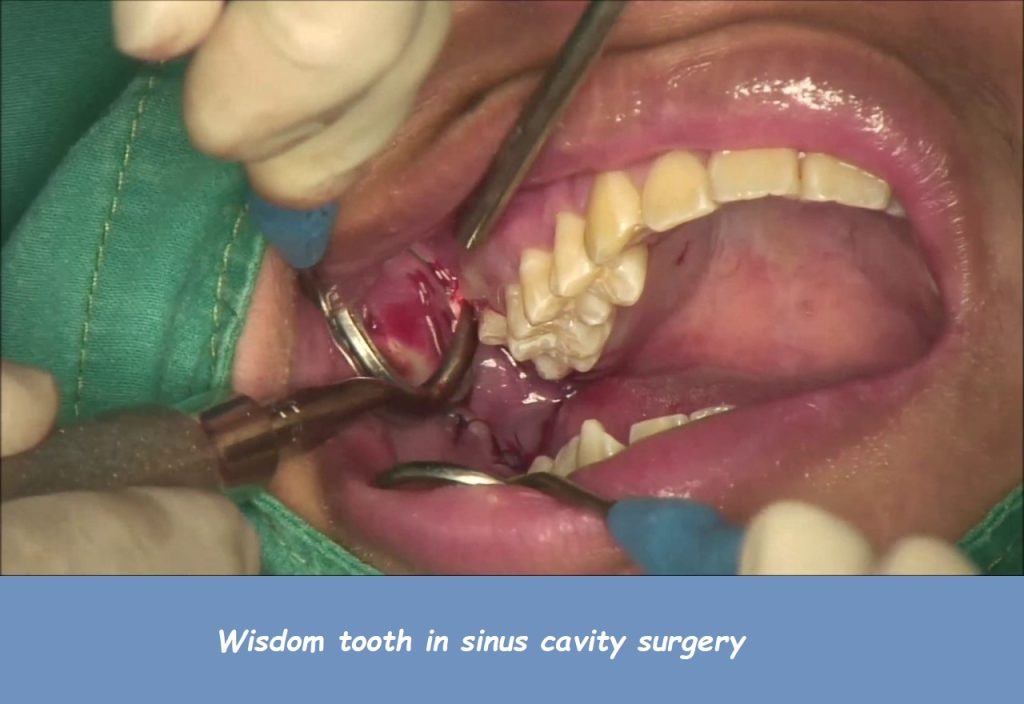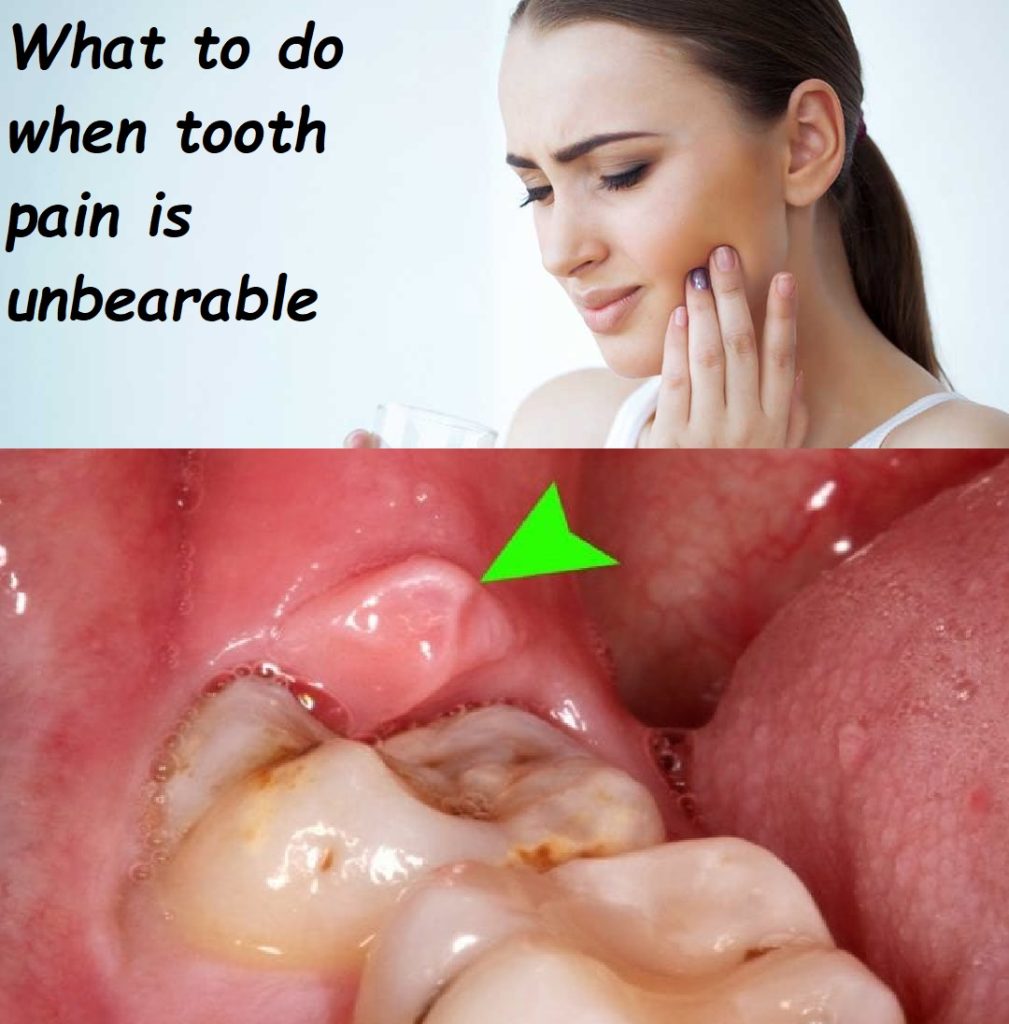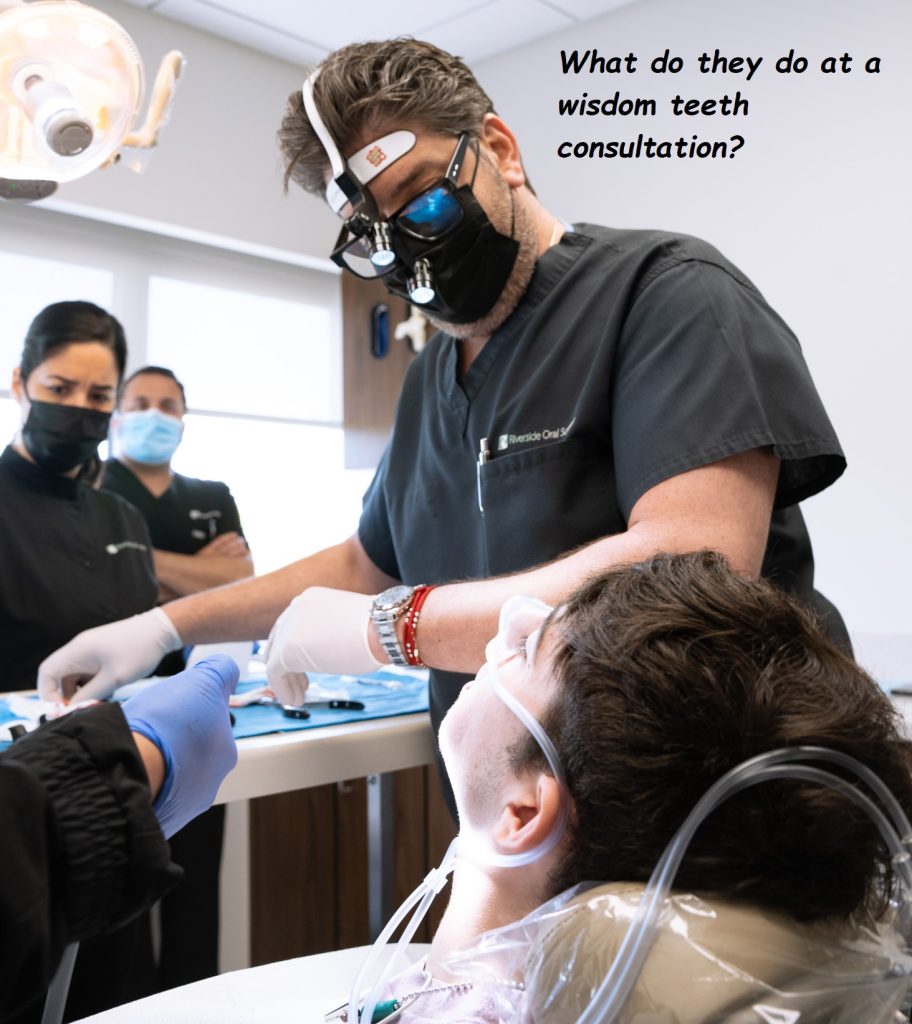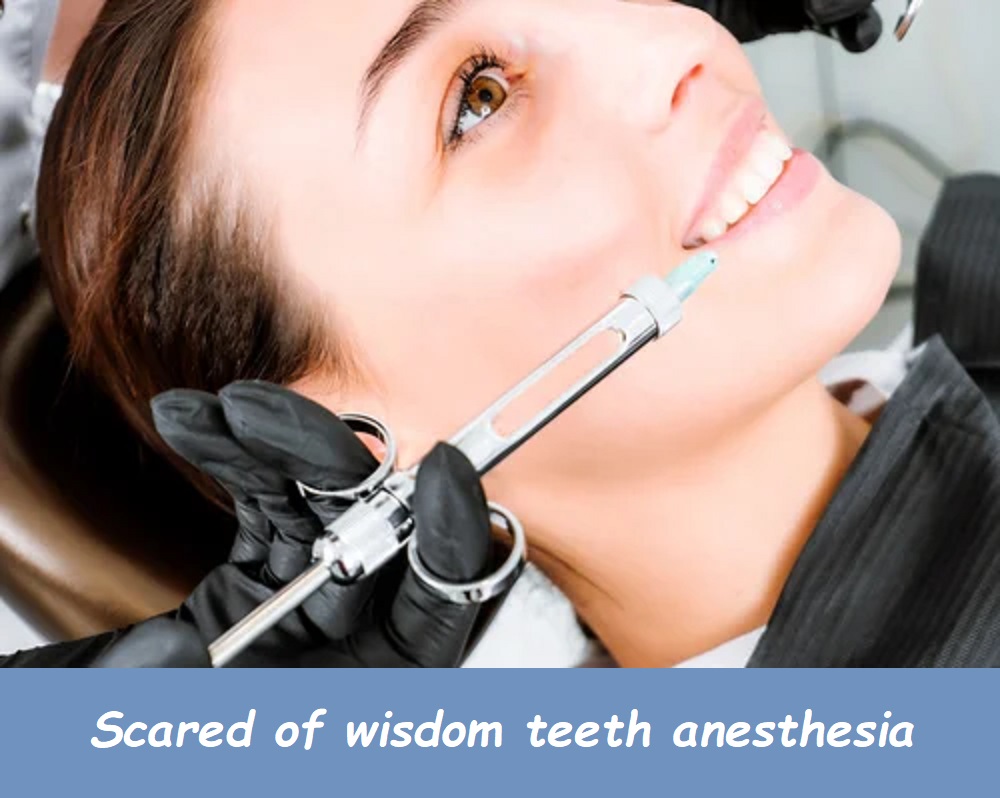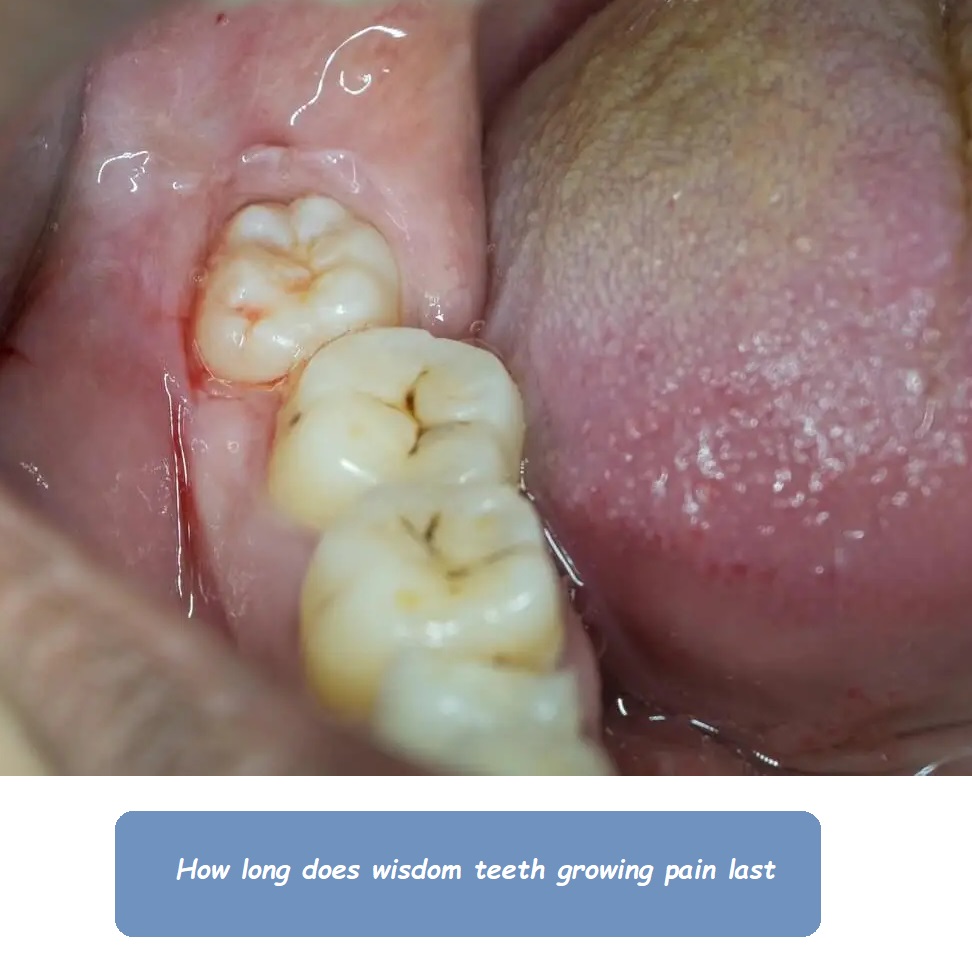can i eat rice after wisdom teeth removal
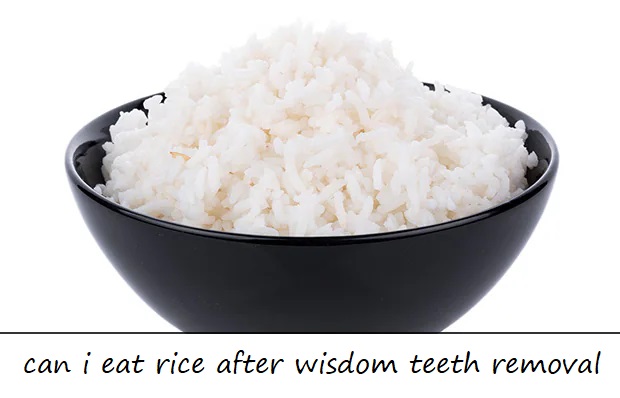
Wisdom teeth removal is a common dental procedure that many people undergo to prevent or address dental issues. After the extraction, proper care and diet are crucial for a smooth and speedy recovery. One of the most frequently asked questions by patients is, “Can I eat rice after wisdom teeth removal?” This comprehensive guide will address this question in detail, covering the reasons behind dietary restrictions, the stages of recovery, suitable foods, and tips for a quick recovery.
Understanding Wisdom Teeth Removal
What Are Wisdom Teeth?
Wisdom teeth, also known as third molars, are the last set of molars that usually emerge in late adolescence or early adulthood. While some people have no issues with their wisdom teeth, others may experience problems such as impaction, crowding, or infection, necessitating their removal.
The Procedure
Wisdom teeth removal is typically performed by an oral surgeon or dentist. The procedure involves numbing the area with local anesthesia, making an incision in the gum (if necessary), and extracting the teeth. The complexity of the extraction can vary depending on the position and condition of the teeth.
Post-Operative Care
After the removal, proper post-operative care is essential to prevent complications such as dry socket, infection, and excessive swelling. This care includes following specific dietary guidelines to ensure the surgical site heals properly.
Can I Eat Rice After Wisdom Teeth Removal?
Immediate Post-Operative Phase (First 24-48 Hours)
In the immediate aftermath of wisdom teeth removal, your mouth will be sensitive, and the surgical site will need time to begin the healing process. During this period, it is essential to follow a soft food diet to avoid disturbing the clot that forms in the socket where the tooth was removed.
Can I Eat Rice During This Phase? It is generally advised to avoid rice in the first 24-48 hours after wisdom teeth removal. Even though rice is soft, the small grains can easily become lodged in the surgical sites, potentially causing irritation or infection.
Early Recovery Phase (2-5 Days)
As the initial swelling and discomfort begin to subside, you can start introducing a wider variety of soft foods into your diet. However, it’s still crucial to avoid foods that can irritate the surgical site or get stuck in the wounds.
Can I Eat Rice During This Phase? It’s still best to avoid rice during this early recovery phase for the same reasons as above. The risk of small particles getting lodged in the extraction sites remains high, which can lead to complications.
Late Recovery Phase (1 Week and Beyond)
By this stage, the healing process is well underway, and you may start feeling more comfortable eating a broader range of foods. However, caution is still needed to ensure the surgical sites continue to heal properly.
Can I Eat Rice During This Phase? At this point, you can cautiously reintroduce rice into your diet, but it’s essential to eat it with care. Ensure the rice is well-cooked and soft, and try to rinse your mouth gently after eating to dislodge any grains that might get stuck.
Recommended Diet After Wisdom Teeth Removal
Immediate Post-Operative Phase
During the first 24-48 hours, focus on consuming liquids and very soft foods that require minimal chewing. Suitable options include:
- Smoothies (without seeds or nuts)
- Broths and soups (without solid chunks)
- Applesauce
- Yogurt
- Pudding
- Mashed potatoes
Early Recovery Phase
As you begin to feel better, you can expand your diet to include more substantial soft foods. Some good choices are:
- Scrambled eggs
- Oatmeal
- Soft pasta
- Mashed bananas
- Cottage cheese
- Hummus
Late Recovery Phase
When you reach the late recovery phase, you can start incorporating more varied foods while still being mindful of the surgical sites. Some options include:
- Soft-cooked vegetables
- Soft bread without crusts
- Soft fish
- Tofu
- Well-cooked rice (with caution)
Tips for Eating Rice After Wisdom Teeth Removal
If you decide to eat rice during the late recovery phase, here are some tips to ensure it doesn’t negatively impact your healing process:
- Cook Rice Thoroughly: Ensure the rice is well-cooked and soft to minimize the effort required to chew.
- Small Bites: Take small bites to reduce the risk of rice grains getting stuck in the surgical sites.
- Chew Carefully: Chew slowly and carefully, using the non-surgical side of your mouth if possible.
- Rinse Gently: After eating, rinse your mouth gently with warm salt water to help dislodge any particles that might be stuck.
- Avoid Sticky or Hard Rice: Avoid sticky rice or rice that forms clumps, as these can be more challenging to manage and more likely to get stuck.
Foods to Avoid After Wisdom Teeth Removal
To ensure a smooth recovery, it’s essential to avoid certain foods that can irritate the surgical sites or complicate the healing process:
- Crunchy Foods: Chips, nuts, and popcorn can easily get stuck in the extraction sites and cause irritation.
- Spicy Foods: Spicy foods can irritate the gums and increase discomfort.
- Acidic Foods: Citrus fruits and juices can cause stinging and delay healing.
- Chewy Foods: Foods like steak and bagels require excessive chewing, which can disrupt the healing process.
- Alcohol and Tobacco: Both can impair healing and increase the risk of infection.
Signs of Complications
While most people recover smoothly from wisdom teeth removal, it’s essential to be aware of potential complications. Contact your dentist or oral surgeon if you experience any of the following:
- Excessive Swelling: Some swelling is normal, but if it continues to increase after the first few days, it may indicate an infection.
- Severe Pain: While discomfort is expected, severe pain that doesn’t improve with pain medication could signal a problem.
- Persistent Bleeding: Bleeding should gradually decrease. If it continues or increases, seek medical advice.
- Foul Taste or Smell: This can be a sign of infection or a dry socket.
- Fever: A fever may indicate an infection and should be addressed promptly.
Long-Term Dietary Considerations
Once you’ve fully recovered from wisdom teeth removal, you can return to your regular diet. However, maintaining good oral hygiene and a balanced diet is essential for overall dental health. Here are some long-term dietary tips:
Foods to Include
- Calcium-Rich Foods: Dairy products, leafy greens, and fortified plant milks support strong teeth and bones.
- Phosphorus-Rich Foods: Meat, fish, eggs, and dairy products help maintain dental health.
- Vitamin C-Rich Foods: Citrus fruits, berries, and bell peppers support gum health.
- Hydrating Foods: Water and hydrating fruits and vegetables like cucumbers and watermelon help maintain saliva flow and oral health.
Foods to Limit
- Sugary Foods and Drinks: Excessive sugar can lead to cavities and other dental issues.
- Acidic Foods and Drinks: These can erode enamel over time.
- Sticky Foods: Foods that stick to your teeth, like caramel and gummy candies, can increase the risk of cavities.
Oral Hygiene Tips
Proper oral hygiene is crucial after wisdom teeth removal to ensure healing and prevent complications. Here are some tips:
- Gentle Brushing: Use a soft-bristled toothbrush and avoid the surgical sites while brushing. Be gentle to avoid disturbing the clot.
- Mouth Rinse: Rinse your mouth with warm salt water several times a day, especially after meals, to keep the area clean.
- Avoid Straws: Avoid using straws, as the sucking motion can dislodge the clot and lead to dry socket.
- Hydration: Drink plenty of water to stay hydrated and promote healing.
- Follow Instructions: Follow your dentist’s or oral surgeon’s instructions regarding medications and care for the surgical sites.
When to Consult Your Dentist
It’s essential to stay in touch with your dentist or oral surgeon throughout your recovery period. Here are some scenarios where you should reach out:
- Persistent Pain: If you experience severe or persistent pain that doesn’t respond to over-the-counter pain relievers.
- Signs of Infection: Symptoms like fever, excessive swelling, or pus in the extraction site.
- Difficulty Eating or Drinking: If you have trouble eating or drinking due to pain or other complications.
- Unusual Symptoms: Any other symptoms that seem out of the ordinary or cause concern.
Conclusion
The question, “Can I eat rice after wisdom teeth removal?” is an important one to consider as you navigate your recovery. While rice may be a staple in many diets, it is best to avoid it in the initial stages of recovery due to the risk of small particles getting lodged in the surgical sites. Once you reach the late recovery phase, you can cautiously reintroduce well-cooked, soft rice into your diet, ensuring you follow the tips provided to minimize any potential issues.
Proper post-operative care, including adhering to dietary recommendations, is crucial for a smooth and speedy recovery. By following the guidelines and advice provided in this comprehensive guide, you can ensure that your healing process goes as smoothly as possible, allowing you to return to your regular diet and activities with minimal complications.
Ultimately, maintaining good oral hygiene, staying hydrated, and following your dentist’s or oral surgeon’s instructions will support your recovery and overall oral health. If you have any concerns or experience unusual symptoms during your recovery, don’t hesitate to contact your dental professional for guidance and support.
When Can I Eat Rice After Wisdom Teeth Removal?
Wisdom teeth removal is a common procedure that requires careful post-operative care, including dietary adjustments, to ensure proper healing. A frequently asked question is, “When can I eat rice after wisdom teeth removal?”
Immediate Post-Operative Phase (First 24-48 Hours)
In the first 24-48 hours following the surgery, it is crucial to stick to a liquid or very soft food diet to avoid disturbing the blood clots that form in the extraction sites. During this period, rice is not recommended, as the small grains can get lodged in the surgical sites, causing irritation or even infection.
Early Recovery Phase (2-5 Days)
As the initial swelling and pain begin to subside, you can start introducing a broader range of soft foods into your diet. However, rice is still not advisable during this phase. The grains can still pose a risk of getting stuck in the healing areas, which can lead to complications.
Late Recovery Phase (1 Week and Beyond)
Around a week after the surgery, the extraction sites should be significantly healed, and you can cautiously start reintroducing rice into your diet. It is important to ensure that the rice is well-cooked and soft to minimize chewing effort. Chewing carefully and rinsing your mouth gently after eating can help prevent rice grains from getting lodged in the surgical sites.
Tips for Eating Rice During Recovery
- Choose Soft Varieties: Opt for softer rice varieties like jasmine or sushi rice, which tend to be easier to chew and swallow.
- Cook Thoroughly: Ensure the rice is well-cooked and slightly overdone to make it as soft as possible.
- Small Bites: Take small bites and chew slowly to reduce the risk of grains getting stuck in the extraction sites.
- Rinse Mouth: After eating, gently rinse your mouth with warm salt water to dislodge any particles that may have gotten stuck.
Conclusion
In summary, you should avoid eating rice immediately after wisdom teeth removal and during the early recovery phase due to the risk of grains getting lodged in the surgical sites. Once you reach the late recovery phase, typically around one week post-surgery, you can begin to cautiously reintroduce soft, well-cooked rice into your diet. Following these guidelines and maintaining good oral hygiene will help ensure a smooth recovery.
What Foods Can I Not Eat After Wisdom Teeth Removal?
After wisdom teeth removal, adhering to specific dietary guidelines is crucial for promoting healing and preventing complications such as dry socket, infection, or irritation of the surgical sites. Certain foods should be avoided to ensure a smooth recovery process.
Foods to Avoid
- Crunchy Foods: Foods like chips, nuts, popcorn, and crackers should be avoided as they can easily break into small pieces that may get lodged in the extraction sites, causing irritation and potential infection.
- Hard Foods: Hard foods such as raw vegetables, tough meats, and crusty bread require significant chewing, which can disturb the surgical sites and prolong the healing process.
- Spicy Foods: Spices can cause irritation to the sensitive gum tissue and increase discomfort, so it is best to avoid spicy dishes during the initial recovery period.
- Acidic Foods and Drinks: Citrus fruits, tomatoes, vinegar, and carbonated drinks can cause stinging and irritation to the healing gums and should be avoided until the sites have healed completely.
- Sticky Foods: Sticky foods like caramel, taffy, and chewy candies can adhere to the surgical sites, making it difficult to remove and increasing the risk of infection.
- Alcohol: Alcoholic beverages can interfere with the healing process and should be avoided. They can also interact negatively with any prescribed pain medications.
- Hot Foods and Drinks: Hot foods and beverages can dissolve the blood clots that form in the extraction sites, leading to a painful condition known as dry socket. It is important to consume foods and drinks that are at a safe temperature.
- Seeds and Grains: Small seeds and grains, such as those in sesame seed buns or granola, can become lodged in the extraction sites and cause irritation or infection.
Suitable Alternatives
- Smoothies: Smoothies made with non-acidic fruits, yogurt, and protein powder can provide necessary nutrients without causing irritation.
- Broths and Soups: Warm (not hot) broths and soups without large chunks are easy to consume and soothing.
- Mashed Vegetables: Soft, mashed vegetables like potatoes, carrots, and squash are nutritious and gentle on the surgical sites.
- Yogurt and Pudding: These are easy to swallow and can be flavored to suit your taste without posing a risk to the extraction sites.
- Scrambled Eggs: Soft and easy to chew, scrambled eggs are a good source of protein during recovery.
Conclusion
Avoiding certain foods after wisdom teeth removal is essential to ensure a smooth and complication-free recovery. Sticking to soft, non-irritating foods can help promote healing and reduce discomfort. If you are unsure about specific foods, it is always best to consult your dentist or oral surgeon for personalized advice.
Can I Eat Chicken and Rice Soup After Wisdom Teeth Removal?
Chicken and rice soup is often considered a comforting and nutritious meal, especially during recovery from various medical procedures. When it comes to wisdom teeth removal, the suitability of this dish depends on its preparation and the stage of recovery.
Immediate Post-Operative Phase (First 24-48 Hours)
During the first 24-48 hours after wisdom teeth removal, it is essential to consume only liquid or very soft foods to avoid disturbing the blood clots that form in the extraction sites. Chicken and rice soup can be acceptable during this phase if it is prepared with a focus on softness and smoothness.
Preparation Tips:
- Broth-Based Soup: Ensure the soup is primarily broth-based, as this provides hydration and nutrients without requiring much chewing.
- Soft Chicken: Use very finely shredded or pureed chicken to make it easy to swallow.
- Cooked Rice: Ensure the rice is well-cooked and soft to minimize chewing effort. Consider blending the soup to create a smooth texture.
Early Recovery Phase (2-5 Days)
As the initial swelling and pain begin to subside, you can gradually introduce more substantial soft foods into your diet. Chicken and rice soup can be more comfortably enjoyed during this phase if prepared with care.
Preparation Tips:
- Small Pieces: Cut chicken into small, manageable pieces to avoid excessive chewing.
- Soft Rice: Continue to ensure the rice is well-cooked and soft.
- Mild Flavors: Avoid adding spices or ingredients that might irritate the healing gums.
Late Recovery Phase (1 Week and Beyond)
By this stage, your extraction sites should be significantly healed, and you can eat chicken and rice soup more freely. However, it is still important to ensure the soup is not too hot and the ingredients are easy to chew.
Preparation Tips:
- Moderate Temperature: Ensure the soup is warm but not hot to avoid irritating the surgical sites.
- Balanced Texture: Maintain a balance between solid and liquid components to ensure comfort while eating.
Conclusion
Chicken and rice soup can be a suitable food option after wisdom teeth removal, provided it is prepared with care and consumed at the appropriate stages of recovery. In the immediate post-operative phase, focus on a broth-based, smooth texture. As you progress through recovery, you can gradually introduce more substantial pieces of chicken and rice, always ensuring they are soft and easy to chew. This approach will help ensure a smooth recovery while allowing you to enjoy a nutritious meal.
Can I Eat Curd Rice After Tooth Extraction?
Curd rice, a staple dish in many South Asian diets, combines the soothing properties of yogurt (curd) with the soft texture of rice. It is often considered a comfort food and can be a beneficial part of your diet after tooth extraction, including wisdom teeth removal. However, its suitability depends on the stage of your recovery and how it is prepared.
Immediate Post-Operative Phase (First 24-48 Hours)
In the first 24-48 hours after tooth extraction, it is crucial to consume only very soft foods or liquids to avoid disturbing the blood clots in the extraction sites. During this phase, curd rice might be suitable if it is prepared with certain modifications.
Preparation Tips:
- Well-Cooked Rice: Ensure the rice is extremely soft and well-cooked to minimize the need for chewing.
- Smooth Curd: Use smooth, plain yogurt without any chunks of fruit or additives.
- Avoid Spices: Prepare the dish without any spices or ingredients that might irritate the surgical sites.
Early Recovery Phase (2-5 Days)
As you move into the early recovery phase and the initial swelling and pain begin to subside, you can start incorporating slightly more substantial foods. Curd rice can be a good option during this period, provided it is still prepared with care.
Preparation Tips:
- Maintain Soft Texture: Keep the rice soft and well-cooked to ensure easy consumption.
- Gentle Mixing: Mix the rice and curd gently to create a smooth consistency.
- Avoid Additives: Refrain from adding any crunchy or hard ingredients, such as nuts or raw vegetables.
Late Recovery Phase (1 Week and Beyond)
By this stage, your extraction sites should be significantly healed, and you can enjoy curd rice more comfortably. However, it is still important to ensure that the dish is not too hot and the ingredients remain soft.
Preparation Tips:
- Moderate Temperature: Serve curd rice at a cool or room temperature to avoid irritating the surgical sites.
- Balanced Texture: While you can start adding mild seasoning, ensure the texture remains easy to chew.



